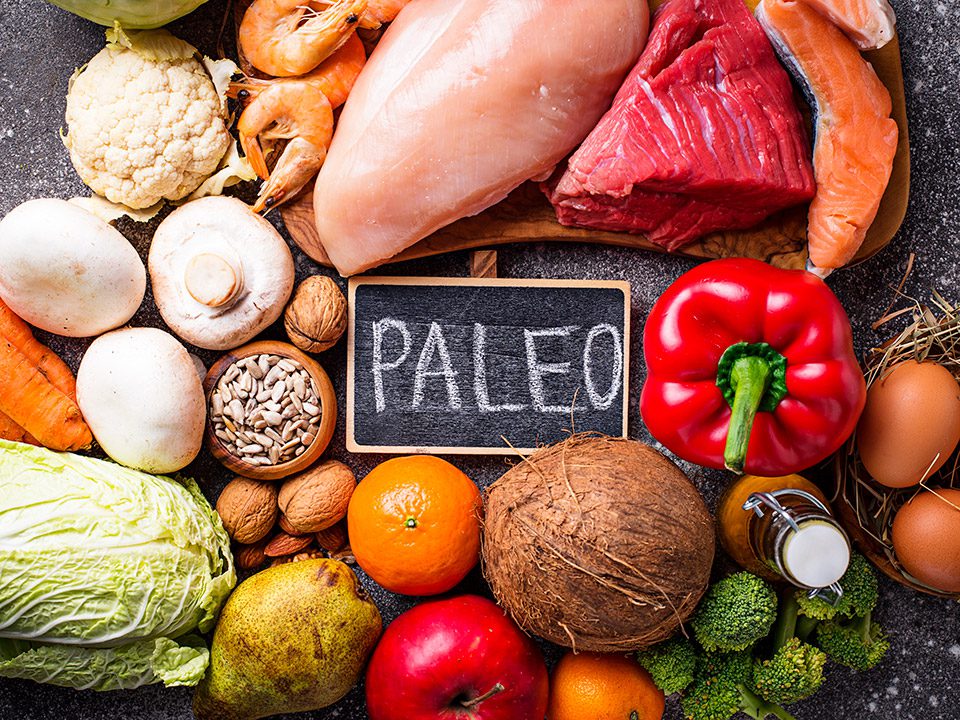The Paleo diet, also known as the “caveman diet,” is a popular way of eating that focuses on consuming whole, unprocessed foods that our ancestors would have eaten during the Paleolithic era. This diet has gained a lot of attention in recent years due to its potential health benefits, including weight loss, improved digestion, and increased energy levels. If you’re considering adopting a Paleo lifestyle, it’s important to know which foods are best to include in your diet. In this blog post, we’ll discuss the top foods for a Paleo diet and their benefits.
Meats and Seafood
Meat and seafood are staples in a Paleo diet. Our ancestors were hunters and gatherers, and their diet consisted mainly of animal protein. When choosing meats for a Paleo diet, it’s important to opt for grass-fed, organic, and pasture-raised options whenever possible. These types of meats are higher in nutrients and free from hormones and antibiotics.
Some of the best meats for a Paleo diet include:
- Beef
- Pork
- Poultry (chicken, turkey, duck)
- Wild game (bison, venison, elk)
Seafood is also an important part of a Paleo diet, as it is a great source of protein and healthy fats. When choosing seafood, opt for wild-caught options rather than farmed fish. Some of the best seafood choices for a Paleo diet include:
- Salmon
- Tuna
- Shrimp
- Mussels
- Clams
Not only are these meat and seafood options delicious, but they also provide essential nutrients such as iron, zinc, and omega-3 fatty acids.
Fruits and Vegetables
Fruits and vegetables are another important component of a Paleo diet. Our ancestors would have foraged for a variety of fruits and vegetables, making them a crucial part of this way of eating. When choosing fruits and vegetables for a Paleo diet, it’s best to opt for organic options whenever possible to avoid pesticides and other harmful chemicals.
Some of the best fruits and vegetables for a Paleo diet include:
- Leafy greens (spinach, kale, arugula)
- Cruciferous vegetables (broccoli, cauliflower, and brussels sprouts)
- Root vegetables (sweet potatoes, carrots, beets)
- Berries (blueberries, strawberries, and raspberries)
- Avocado
- Tomatoes
These fruits and vegetables are not only packed with vitamins and minerals, but they also provide fiber, which is important for maintaining a healthy digestive system.
Nuts and Seeds
Nuts and seeds are a great source of healthy fats and protein, making them a perfect addition to a Paleo diet. Our ancestors would have foraged for nuts and seeds, making them a natural part of this way of eating. When choosing nuts and seeds for a Paleo diet, opt for raw and unsalted options to avoid added oils and sodium.
Some of the best nuts and seeds for a Paleo diet include:
- Almonds
- Walnuts
- Cashews
- Pecans
- Pumpkin seeds
- Sunflower seeds
Nuts and seeds are not only a great snack option, but they can also be used in recipes to add texture and flavor.
Healthy Fats
Contrary to popular belief, fat is an essential part of a healthy diet. Our ancestors would have consumed a lot of healthy fats from animal sources, such as fatty cuts of meat and organ meats. When choosing fats for a Paleo diet, it’s important to opt for healthy, unprocessed options.
Some of the best sources of healthy fats for a Paleo diet include:
- Avocado
- Coconut oil
- Olive oil
- Grass-fed butter or ghee
- Animal fats (lard, tallow)
These healthy fats not only provide energy, but they also help with hormone production and brain function.
What to Avoid on a Paleo Diet
In addition to knowing what foods to include in a Paleo diet, it’s also important to know what to avoid. The main principle of a Paleo diet is to eliminate processed and refined foods, as well as grains, legumes, and dairy. These foods were not a part of our ancestors’ diet and can cause inflammation and digestive issues.
Some foods to avoid on a Paleo diet include:
- Processed foods (chips, cookies, candy)
- Grains (wheat, rice, oats)
- Legumes (beans, lentils, peanuts)
- Dairy (milk, cheese, yogurt)
- Refined sugars (soda, juice, sweetened snacks)
By eliminating these foods and focusing on whole, unprocessed options, you can reap the full benefits of a Paleo diet.
In Conclusion
The Paleo diet is a way of eating that focuses on consuming whole, unprocessed foods that our ancestors would have eaten. By including meats, seafood, fruits, vegetables, nuts, and healthy fats in your diet, you can experience improved health and well-being. Remember to choose organic and grass-fed options whenever possible and to avoid processed and refined foods. With these guidelines in mind, you can enjoy a delicious and nutritious Paleo diet.


